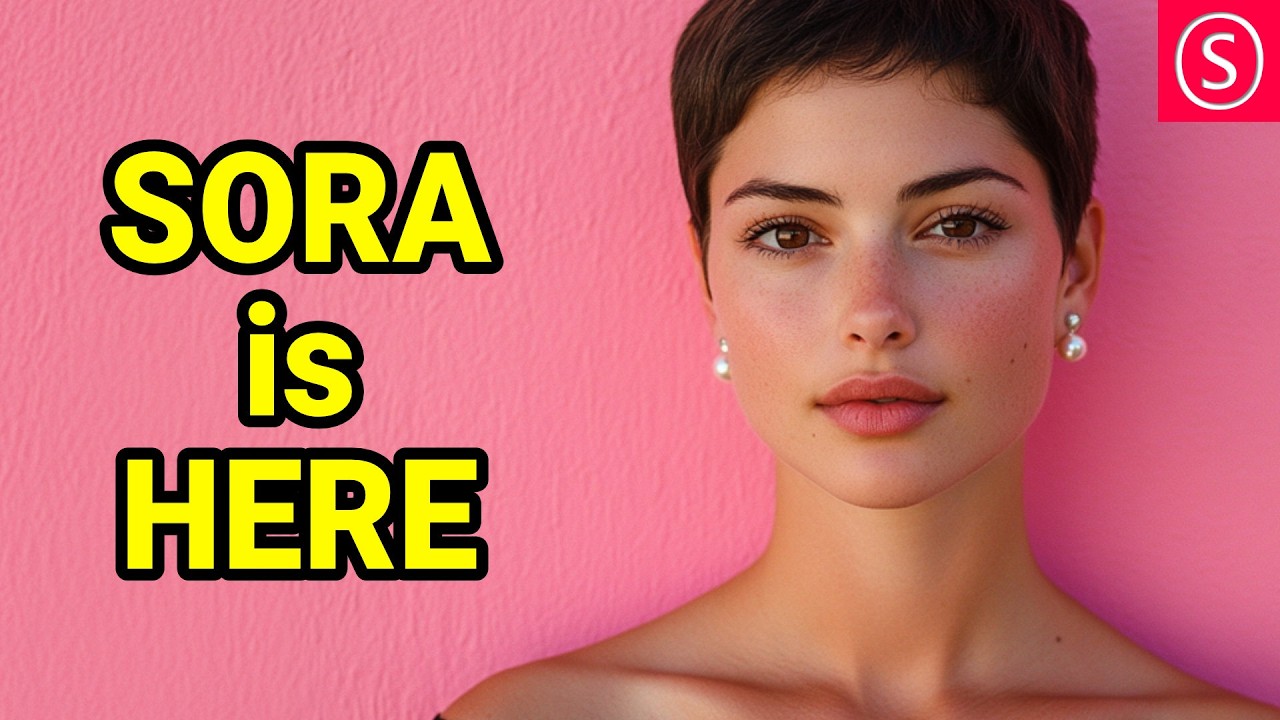The video introduces Sora, an AI-powered video creation platform that allows users to generate and customize videos using various input forms, with features like remixing, blending, and a storyboard function for detailed editing. Due to high demand, users may experience server overloads, and access might require a VPN, while video creation utilizes credits linked to ChatGPT subscriptions.
The video discusses the recent release of Sora, a platform for creating stunning videos using AI technology. The presenter highlights the impressive examples available on the Sora website and user-generated content found on Twitter, showcasing the platform’s capabilities. However, due to high demand, the Sora servers are currently overloaded, making it difficult for users to log in, and a VPN may be required for access. Users can create videos using credits linked to their ChatGPT subscriptions.
The Sora web interface resembles ChatGPT but is tailored for video creation. Users can input prompts in various forms, including text, images, and video. The platform allows for customization of video settings, such as screen ratio and resolution, with options for video duration up to one minute. After generating a video, users can preview multiple variations and select their preferred option for further editing.
Once a video is chosen, users have several editing options. They can modify the original prompt, recut the video to extend or trim specific sections, and utilize a remix function to make changes using natural language. The blend function allows users to merge two different scenes into a new creation, while the loop function enables the creation of seamless video loops. The interface also includes features for favoriting, sharing, and downloading videos for additional editing.
The video demonstrates the remixing process, where users can specify changes to their created videos using varying strengths of modification. The presenter showcases successful examples of remixing, illustrating how the AI adapts to the requested changes. Additionally, the blend function is explored, where two videos are combined to create a new, unique output, with a stunning example shared from Twitter.
Lastly, the video introduces the storyboard function, which allows users to define prompts for different points in a timeline, similar to traditional video editing software. This feature enables users to dictate specific actions or changes at designated moments in the video. The presenter concludes by inviting viewers to share their thoughts on the Sora platform and encourages engagement with the video.
